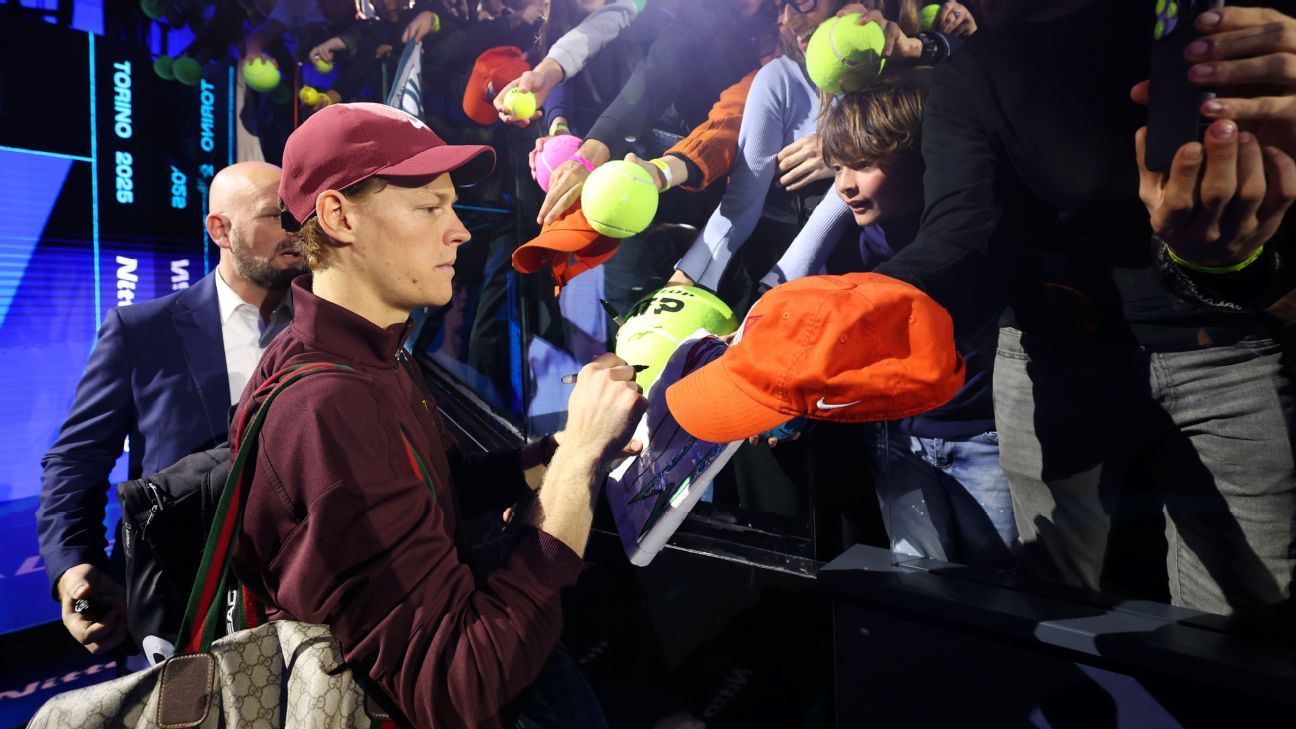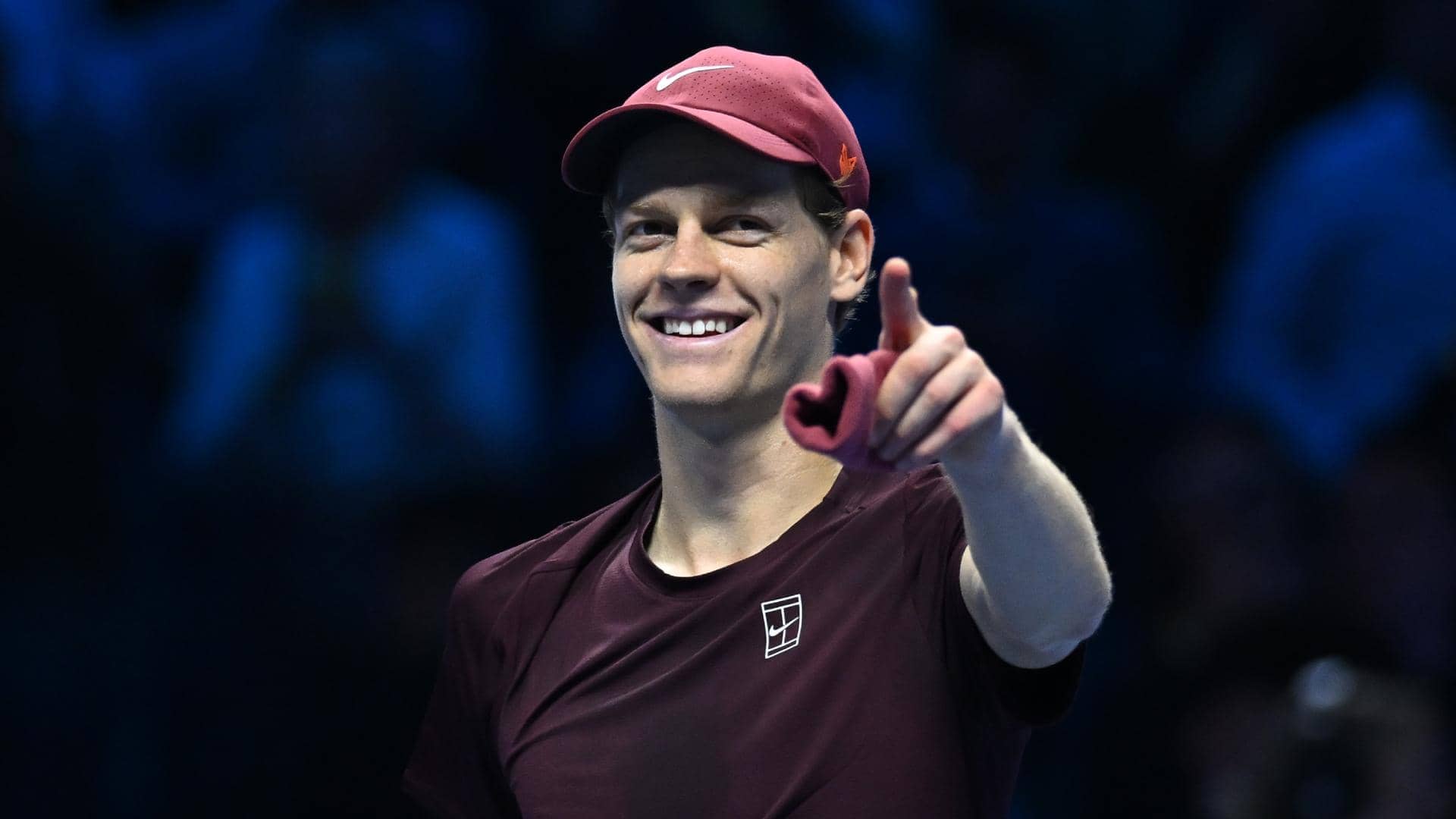Montevideo's red dirt tests season's closing resolve
As the ATP Challenger Tour nears its 2025 finish line, the Uruguay Open in Montevideo draws top seeds and young guns to clay courts where every extended rally amplifies the push for year-end momentum.

With just three weeks left in the ATP Challenger Tour's 2025 season, the Uruguay Open stands out as the week's premier event, a Challenger 100 clay-court battle at the Carrasco Lawn Tennis Club in Montevideo. Founded in 1943, the venue's slow red dirt favors endurance over flash, turning matches into psychological marathons under the late-spring sun. Players arrive carrying the weight of unfinished business, where a deep run could reshape rankings and reset mindsets for the off-season.
Seeds navigate clay's mental grind
World No. 45 Sebastian Baez leads as the top seed, his compact baseline game built for clay's slide and spin, yet the Argentine must channel home-crowd energy without letting fatigue from a long year erode his focus in probing crosscourt exchanges. Fellow countryman Mariano Navone, seeded second, brings similar grit, relying on heavy topspin forehands to dictate from the backline, but both face the invisible pressure of national rivalry that sharpens every inside-out attempt. Emilio Nava, the third seed and tied for a season-high five Challenger titles, injects American aggression, his quick inside-in forehands threatening to shorten points against the surface's drag, though sustaining that intensity demands tactical patience to avoid unforced errors in stretched rallies.
Tristan Boyer returns as defending champion, the American's poise on these courts last year now tested by the burden of protection, where his defensive slices and down-the-line counters must evolve to counter fresher legs in the draw. Nava's path might cross Boyer's early, setting up a duel of styles—aggressive drives versus resilient retrieval—that hinges on who first masters the clay's tempo, turning potential quarterfinal spots worth $4,620 and 14 points into a launchpad for deeper advances.
Young prospects chase upsets on slow courts
#NextGenATP standouts Rodrigo Pacheco Mendez and Juan Carlos Prado Angelo, both 20-year-olds, add unpredictable spark to the field, their explosive one–two combinations of serve and forehand forcing veterans to widen their patterns and cover more ground on the forgiving surface. Pacheco Mendez's foot speed could unsettle seeds in the round of 32, where $1,670 awaits but no ranking points, building mental toughness through topspin-heavy battles that echo the tour's youth surge. Prado Angelo's net approaches, paired with underspin backhands, probe vulnerabilities, potentially flipping momentum in sets where endurance meets raw ambition under Montevideo's coastal humidity.
The singles main draw unfolds from November 10 to 16, with doubles wrapping a day earlier on November 15, all for a $160,000 prize pool that underscores the stakes—winners claim $22,730 and 100 points, finalists secure $13,350 alongside 50 points, while semi-finalists earn $7,960 and 25 points. Round-of-16 survivors pocket $2,695 and 7 points, intensifying the focus on serve holds and return depth as players weigh risks in lob duels or volley poaches.
Viewers track the unfolding drama
For a complete look at potential early fireworks, click here to view the main draw, where seeding lines reveal pressure cookers like Baez's opener against qualifiers primed for breakthroughs. Fans can follow the grinding intensity live for free on Challenger TV, capturing everything from baseline grinds to clutch down-the-line winners that define late-season arcs. As the ATP Challenger Tour highlighted on November 10, 2025, this event pulses with possibility, every point a step toward resolving the tour's lingering narratives.
A big week ahead Catch all the action LIVE #ATPChallenger pic.twitter.com/ODsZLMLjXB— ATP Challenger Tour (@ATPChallenger) November 10, 2025
A big week ahead
Catch all the action LIVE https://t.co/zdmegU414m #ATPChallenger pic.twitter.com/ODsZLMLjXB— ATP Challenger Tour (@ATPChallenger) November 10, 2025
In doubles, teams vie for $7,960 and 100 points at the top, with finalists taking $4,600 and 60 points, semis yielding $2,760 plus 36 points, quarters $1,620 and 20 points, and round-of-16 $930 but no boost—partnerships that thrive here often blend clay-savvy volleys with steady returns, mirroring the singles' blend of tactics and tenacity. As the Uruguay Open progresses, its red dirt becomes a proving ground where resolve hardens into results, propelling a select few into the off-season with the edge needed for 2026's fresh pursuits.


